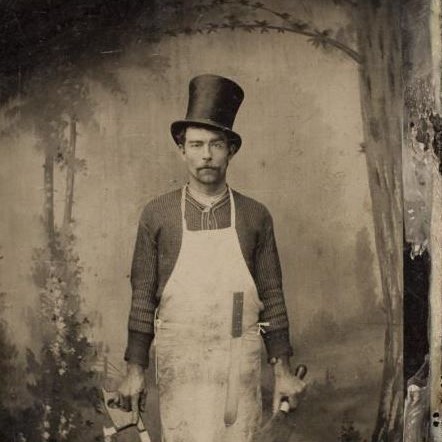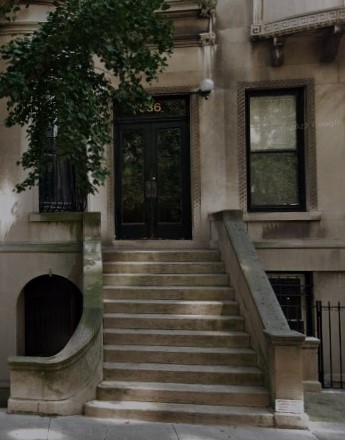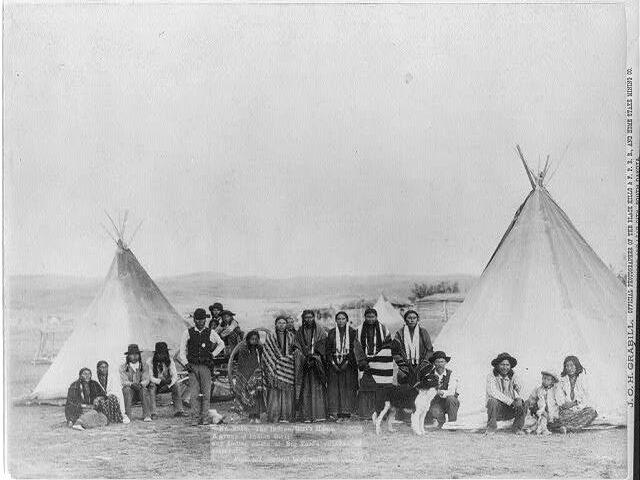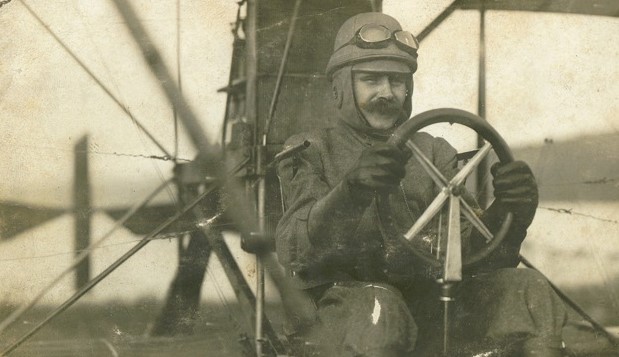{The Use of Hats in Creating a Pictorial Family Tree}
National Mad Hatter Day, celebrated on the 6th of October every year, is a day of fun creating silly hats, having tea parties a la Alice in Wonderland, and telling riddles. The holiday naturally brings to mind the phrase, ‘mad as a hatter’ with visions of the Alice in Wonderland tea party. As an historian and genealogist, learning the story behind the phrase, mixed with the idea of creating a unique family tree, led me to wondering…what kind of hat did my ancestor wear?
HISTORY OF THE MAD HATTER
Two hundred years ago, the ‘mad as a hatter’ expression had very little to do with the crazy Alice in Wonderland character and everything to do with the chemical effect of hat manufacturing on workers in the industry. The main culprit was mercuric nitrate used during a process called ‘carroting.’ The beaver or rabbit skins would be heated using the compound until the fur began to show an orange tinge. This indicated that the skin was ready to be felted and shaped into hats. Unfortunately, the process led to mercury poisoning resulting in anxiety, irritability, mood changes, memory problems, physical tremors and muscle weakness to name just a few symptoms. Because it was unknown what the cause was at the time, workers in the industry who exhibited what looked like psychotic behavior were dubbed ‘mad hatters,’ becoming a common phrase in the early 19th century for any behavior exhibited by irritated people. Thankfully, the cause of the disorder was discovered, identified as erethism as a result of mercury poisoning, by Dr. Joseph Addison Freeman in 1858, published by him in the Transactions of the Medical Society of New Jersey two years later.1 Though a few companies still use a minor amount of mercury today, hydrogen peroxide has become more common.
HATS IN A FAMILY TREE
While the history of hats is interesting in itself, my curiosity of its connection to family history began with Harry Potter; actually it was the family tree of Sirius Black, Harry Potter’s godfather. The tree was created on a tapestry that covered three walls in the drawing room at Grimmauld Place.2 What was different about this tree, in contrast to the one that I had developed years earlier, was the rendering of ancestors’ faces, artistically drawn rather than represented by photographs. This hooked me into the idea of creating something similar, but not knowing what my ancestors looked like beyond a grandparent or great-grandparent, I was challenged with how to create a similar tree on paper. This is where hats came into play.
CREATING A PICTORIAL FAMILY TREE
I began by sketching a mockup of which individuals I wanted represented in the tree. To create the facial foundation of the individuals, I looked through the various photographs belonging to my great-grandfather which had been handed down to me. Finding a few headshots that could be used as models, I printed them out at the size I wished, keeping in mind the desired size of the finished product. From there, I used tracing paper and a lightboard, tracing only the face to be used as a template. It was helpful to have several different ancestor’s faces so that it was not the same face for every person in the tree.
The question at that point was how to represent my ancestors through the years so they would be distinguished from one another. Their professions included electricians, innkeepers, bakers, and farmers. While considering what hat they may have worn while working, I found that some occupations didn’t have a hat that was specific to their line of work. Plan B was to consider what they may have worn when not working. While searching for a resource, I came across an invaluable book, The Mode in Hats and Headdress. The book not only provided different hats throughout the years from Ancient Egypt to 1959 of various countries, but it also provided drawings of hairstyles that were common during the different eras. This served as the perfect resource for my project.
PICTORIAL FAMILY TREE HAT RESOURCES
As family historians, National Mad Hatter’s Day may not necessarily be on our list of holidays to celebrate, but the idea of integrating unusual hats into a pictorial family tree may be. If this uncommon holiday article has sparked an interest in creating a pictorial family tree, check out The Mode in Hats and Headdress: A Historical Survey with 198 Plates by R. Turner Wilcox which spans from Ancient Egypt to 1959, and Dressed for the Photographer: Ordinary Americans & Fashion, 1840-1900 by Joan Severa. Other resources can be found via a Google search, as well as in digital collections of the New York Public Library at https://digitalcollections.nypl.org/, the Library of Congress at https://www.loc.gov/collections/, and similar digital collection sites. While you are contemplating the idea of creating a pictorial family tree, enjoy a cup of tea, share a riddle, and perhaps wear an unusual ancestral hat on crazy National Mad Hatter Day.
[Photo: circa. 1875, Butcher holding tools, image tintype, viewed 19 September 2022, Located at: https://en.m.wikipedia.org/wiki/File:Butcher,_late_19th_century.jpg. public domain.]
References:
1. Wedeen, R. P. (1989) ‘Were the hatters of New Jersey “mad”?,’ American Journal of Industrial Medicine, 16(2) p.225-33 on National Library of Medicine. Located at: https://pubmed.ncbi.nlm.nih.gov/2672802/ (Accessed: 2 October 2022).
2. Google ‘Sirius Black’s family tree’ if you are not familiar with what it looks like. There are original and inspired examples all over the internet.



